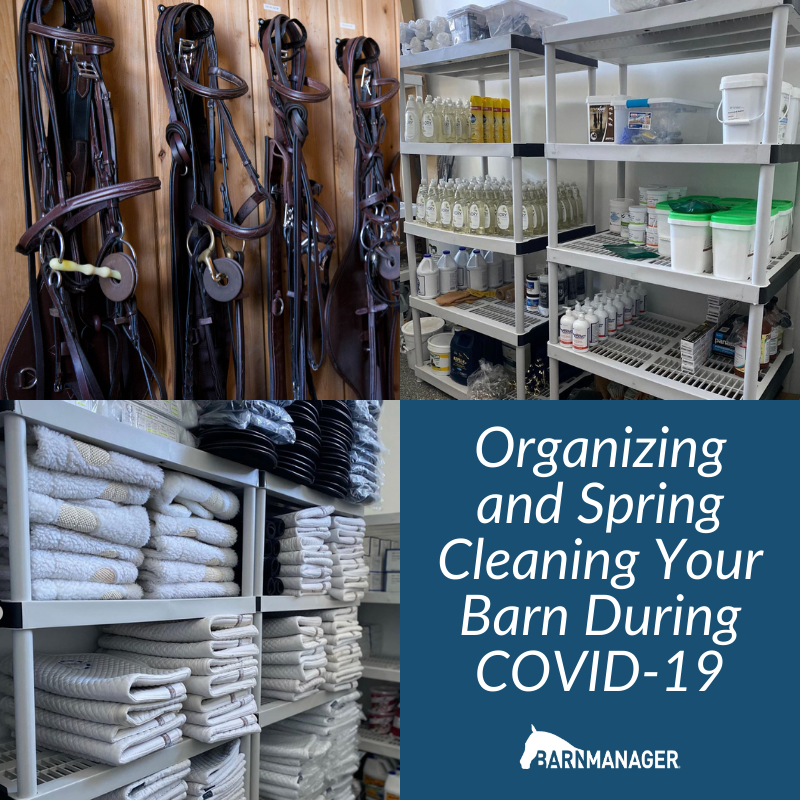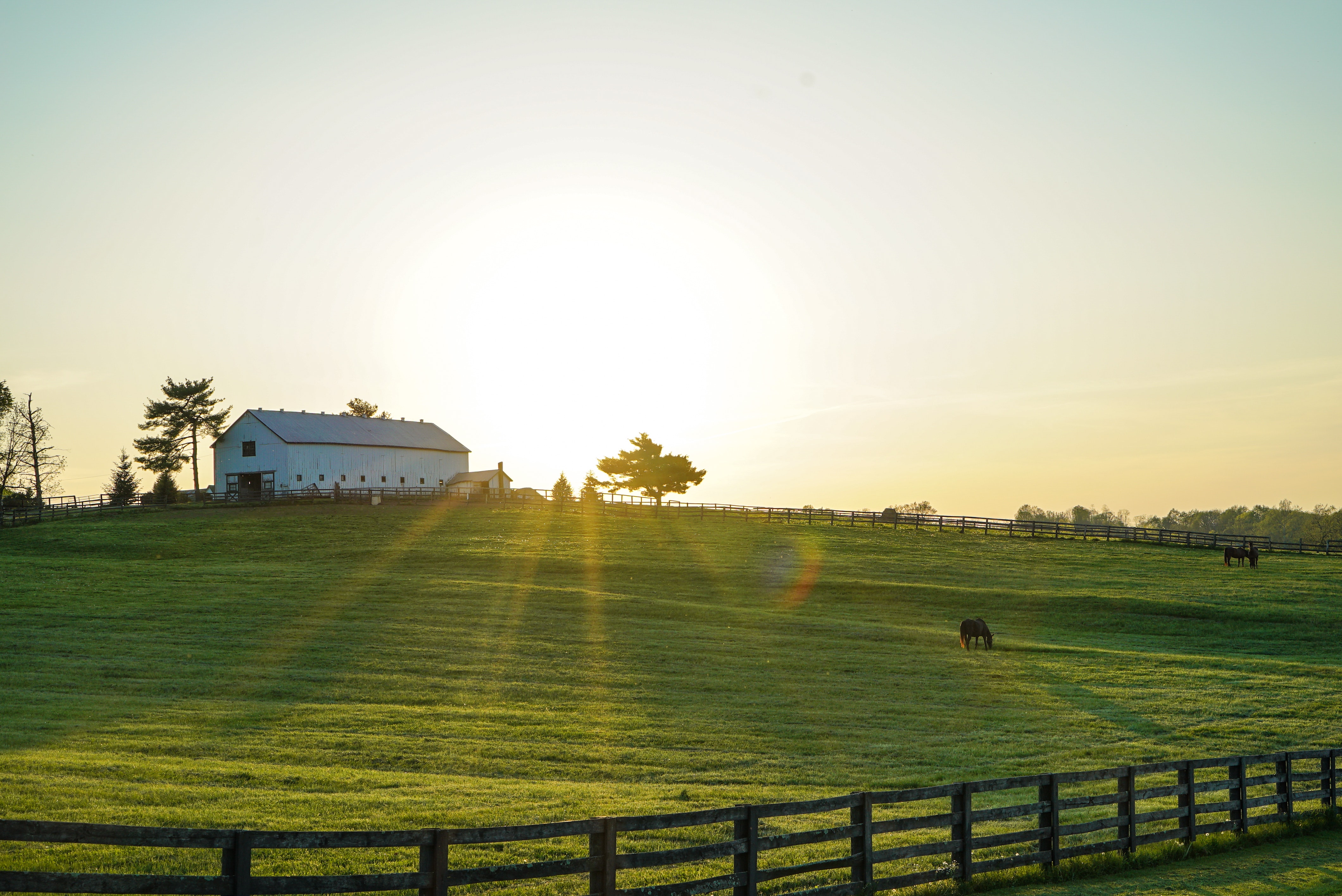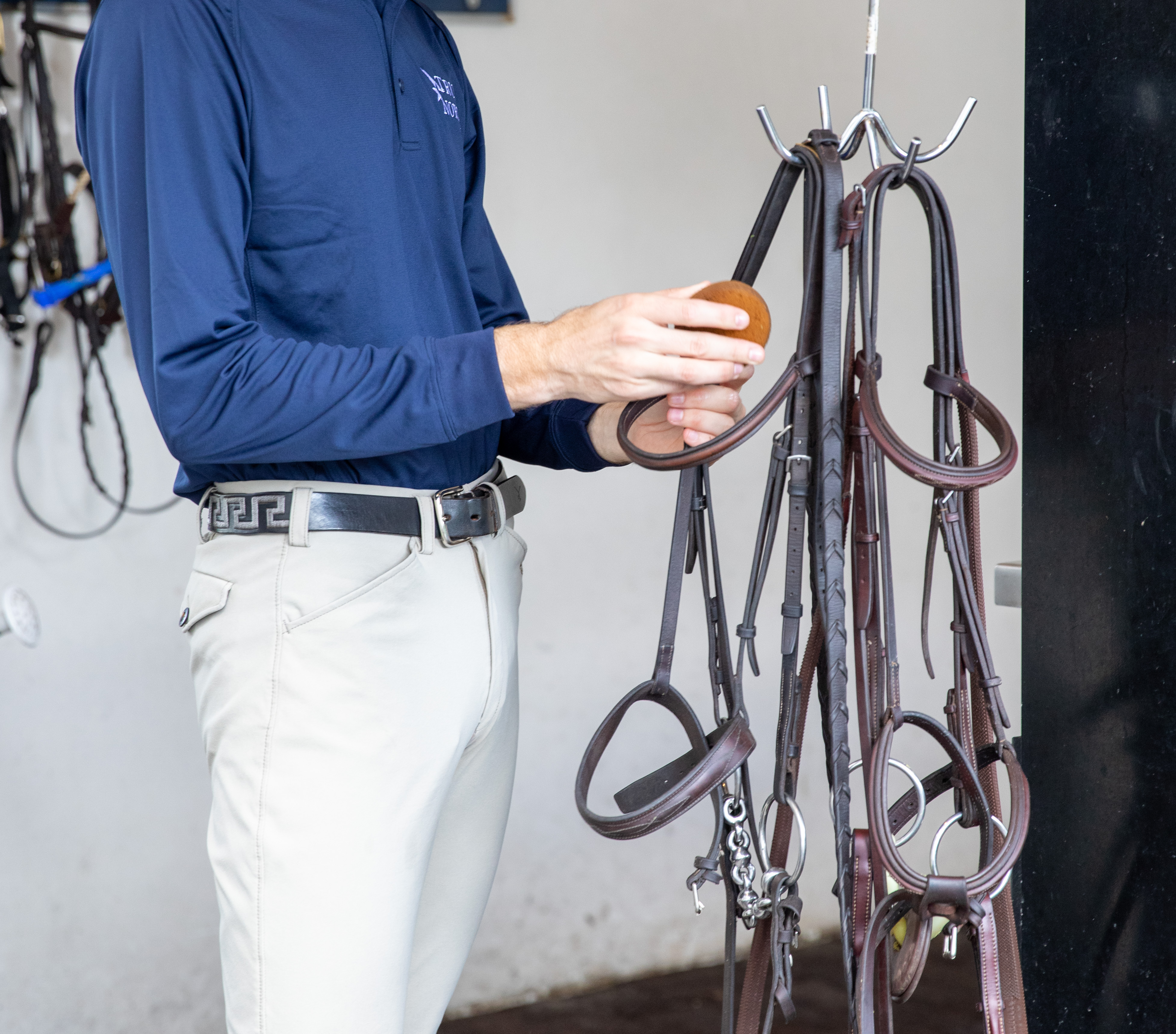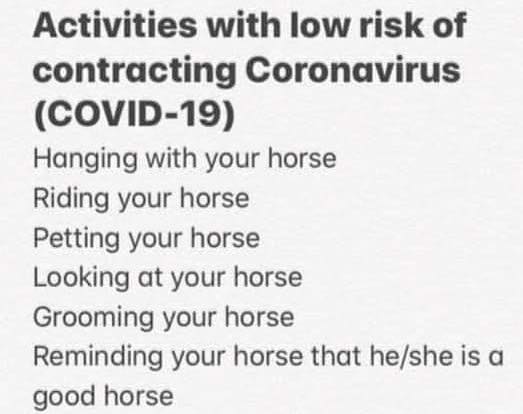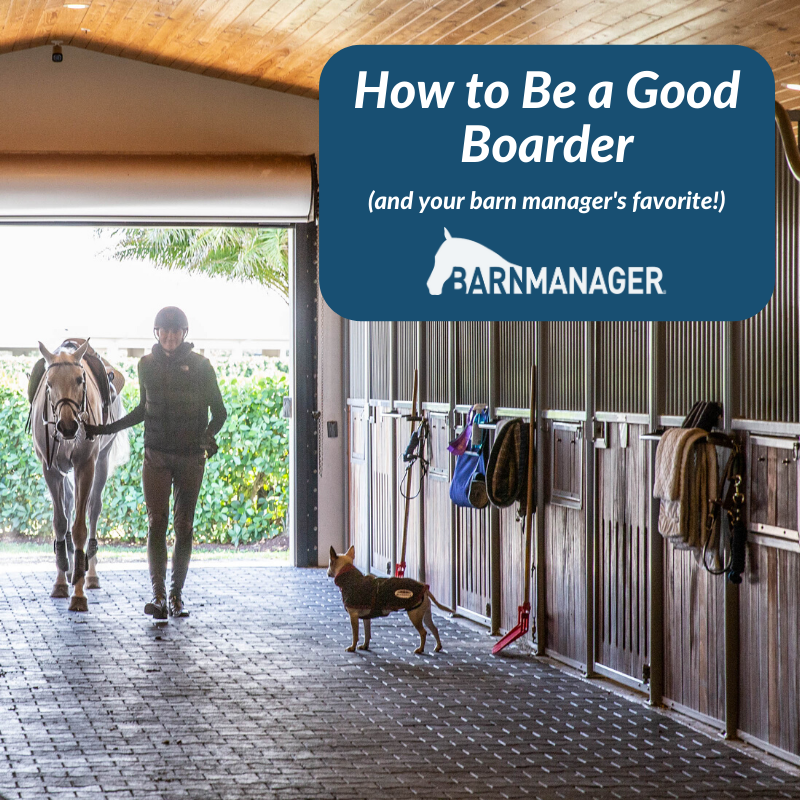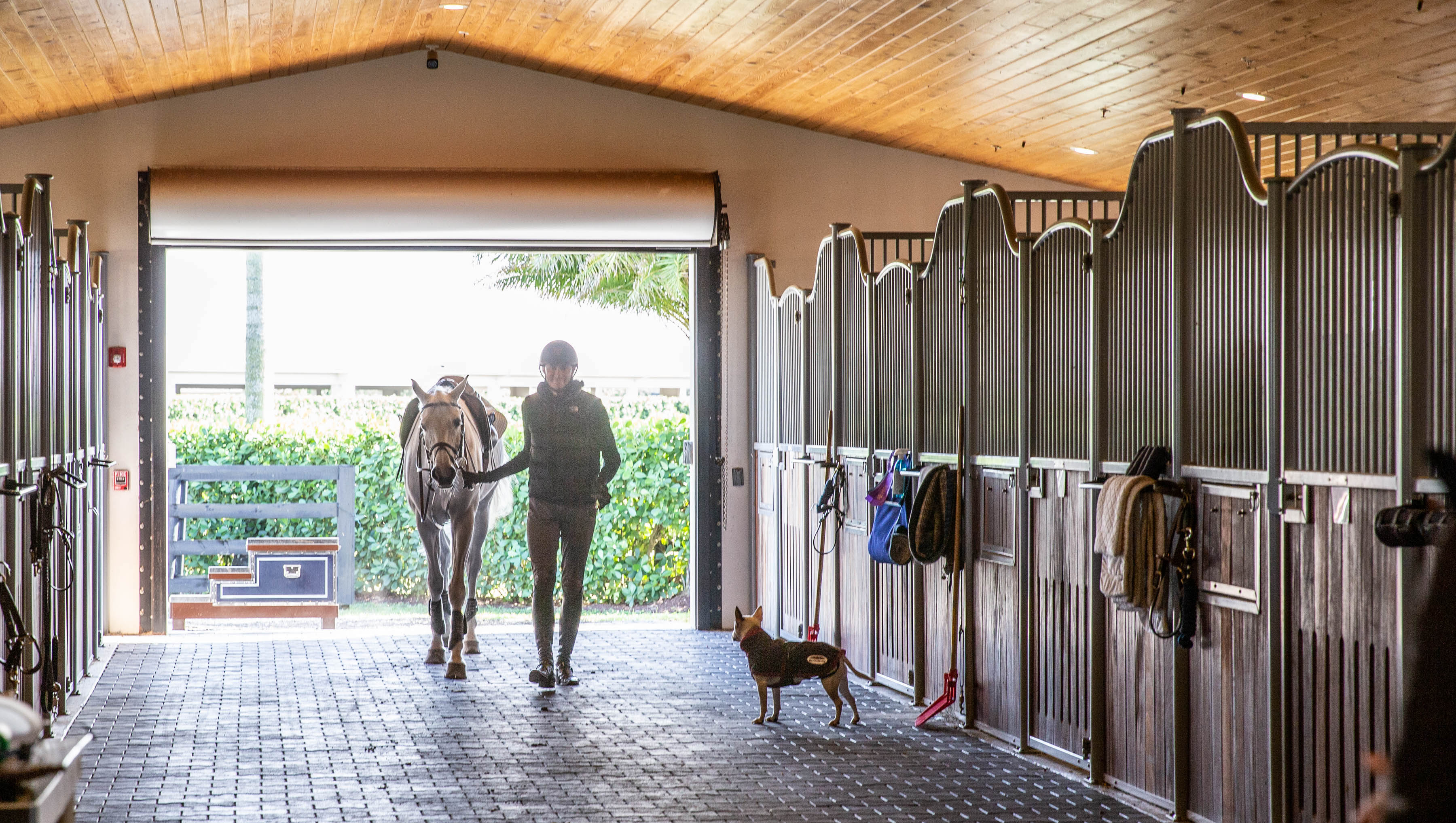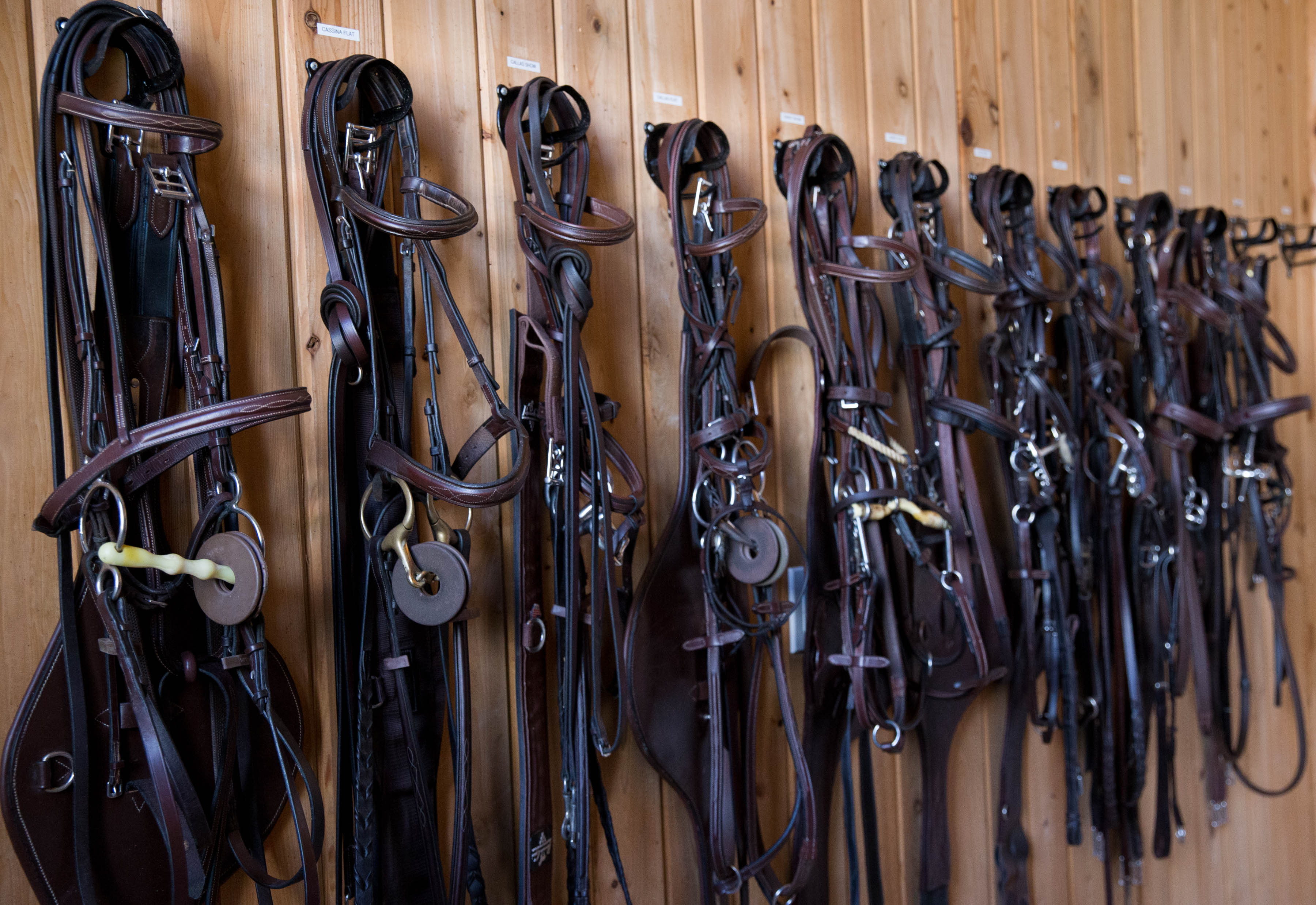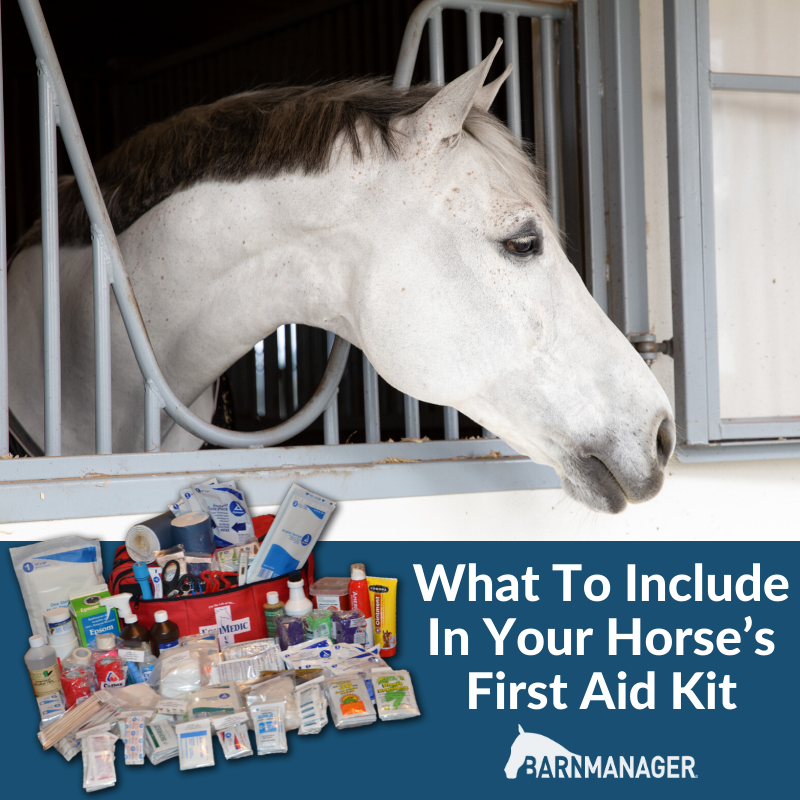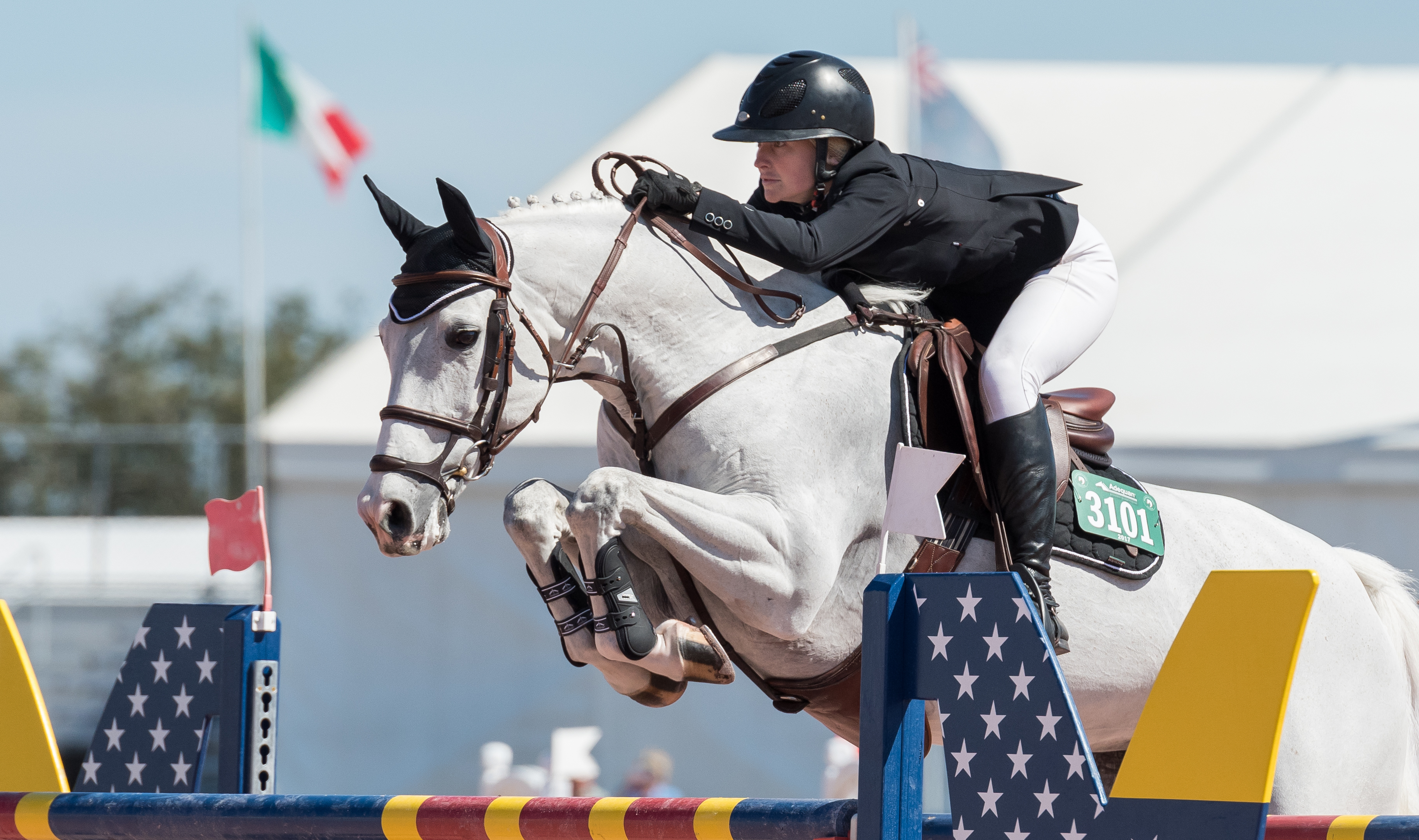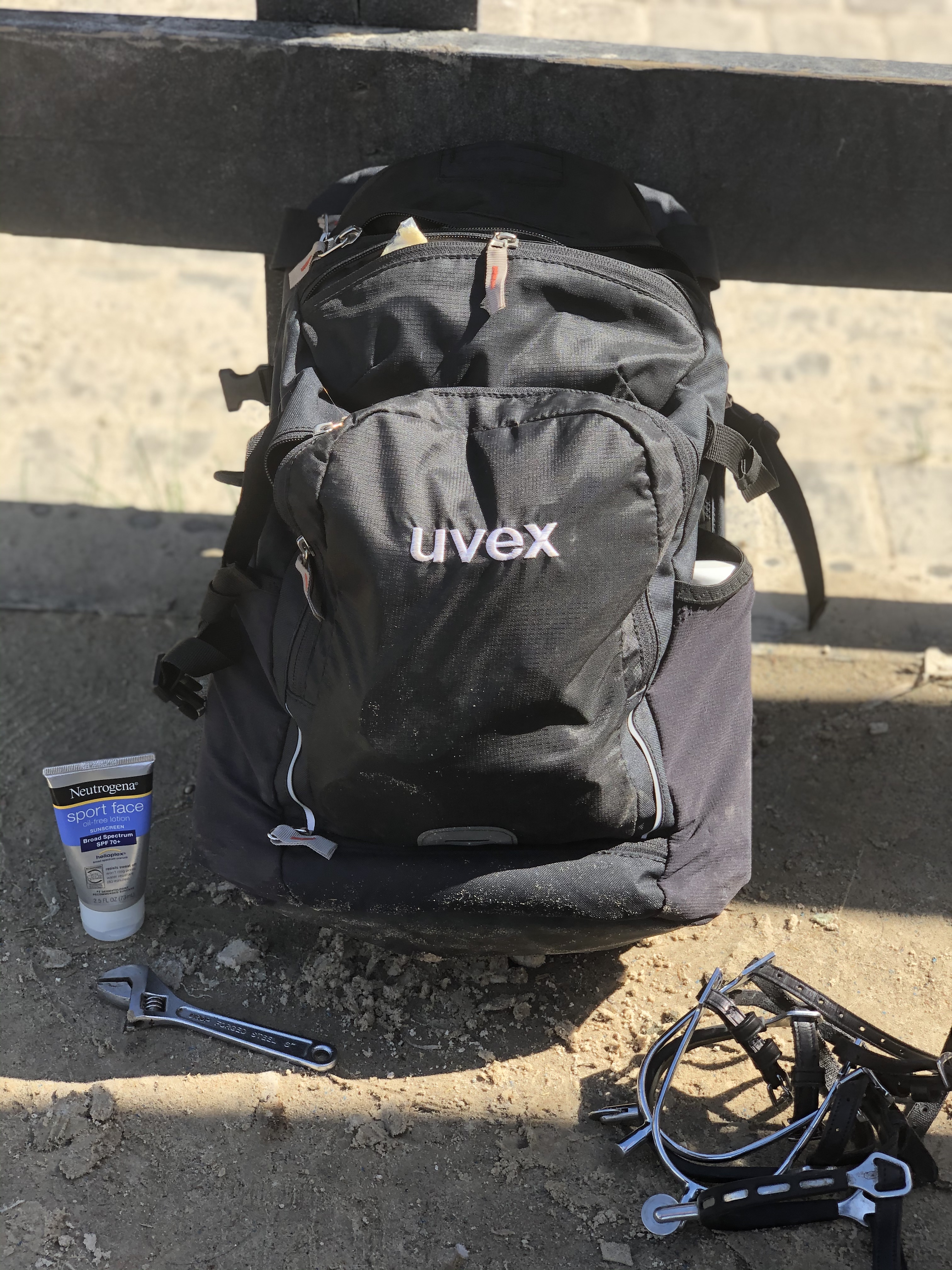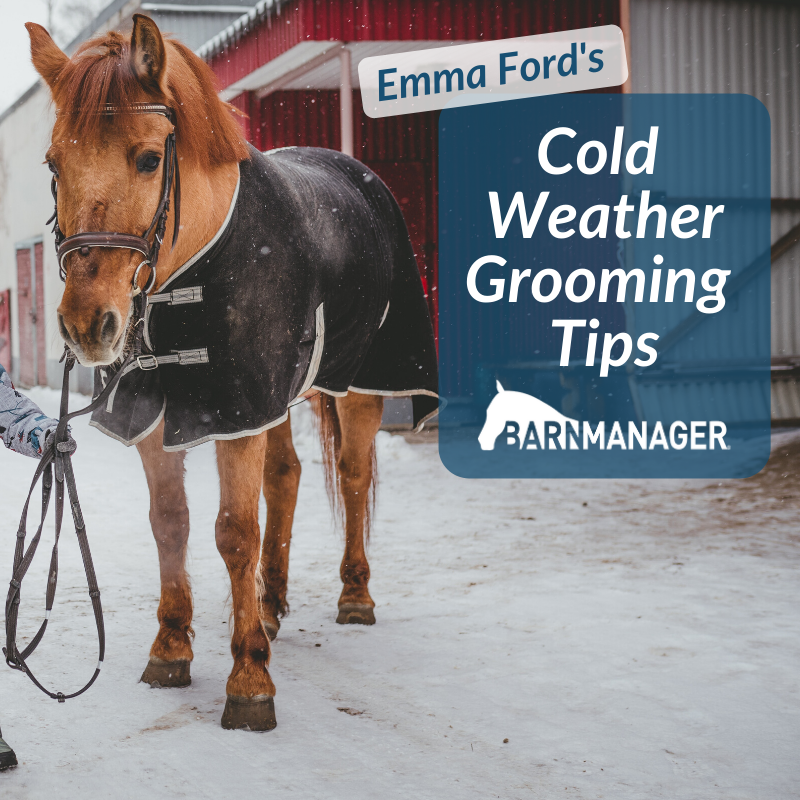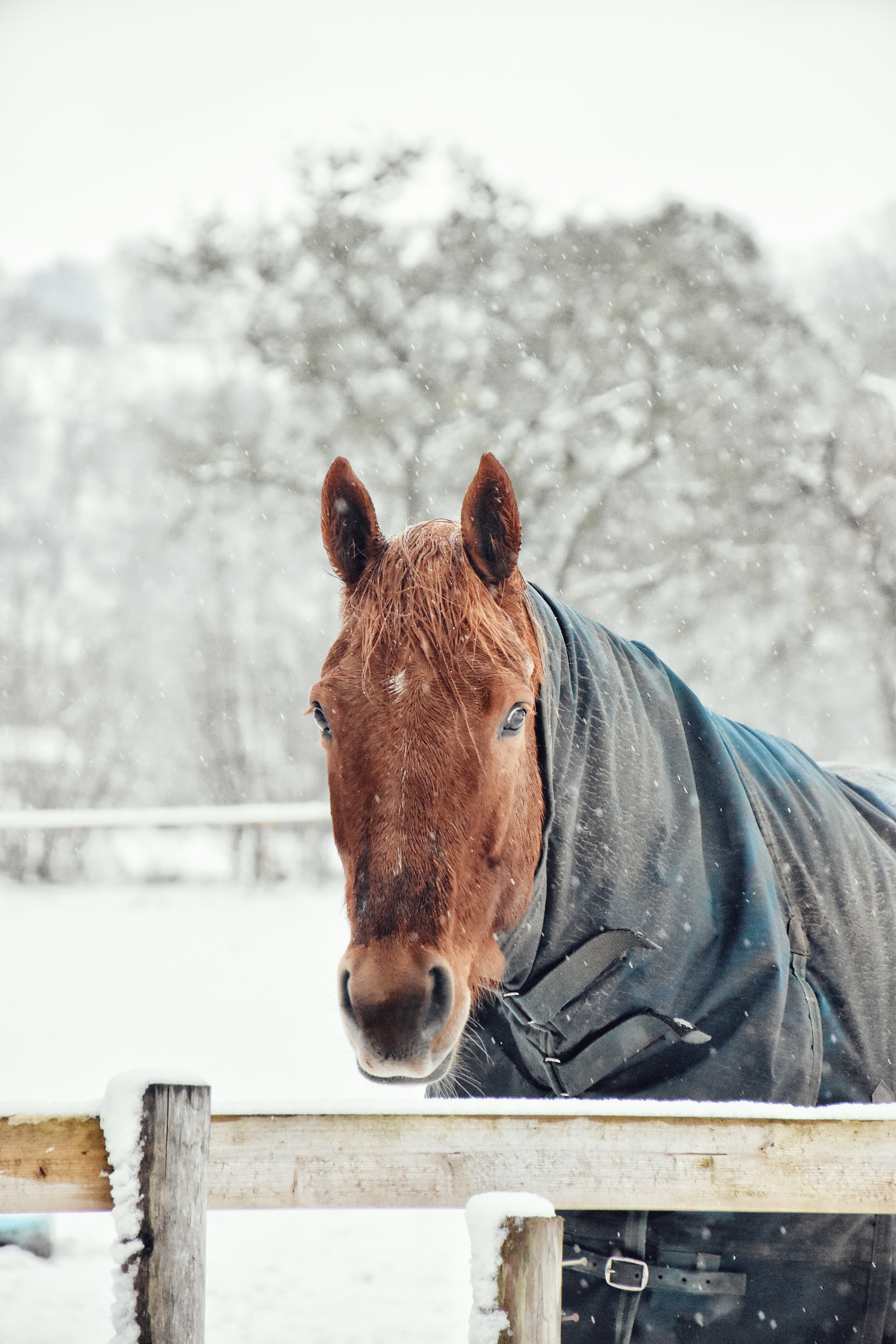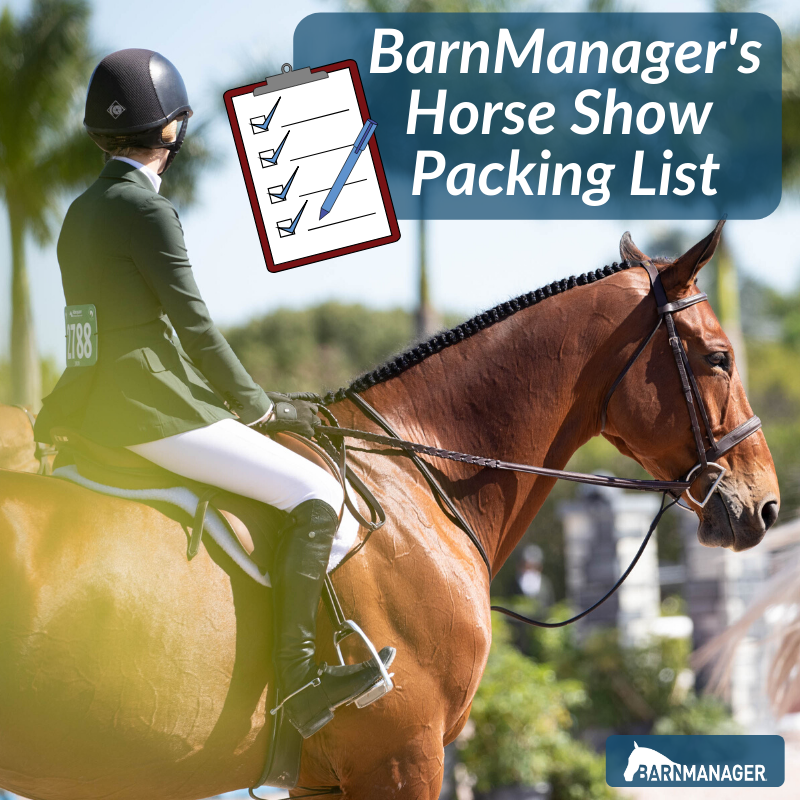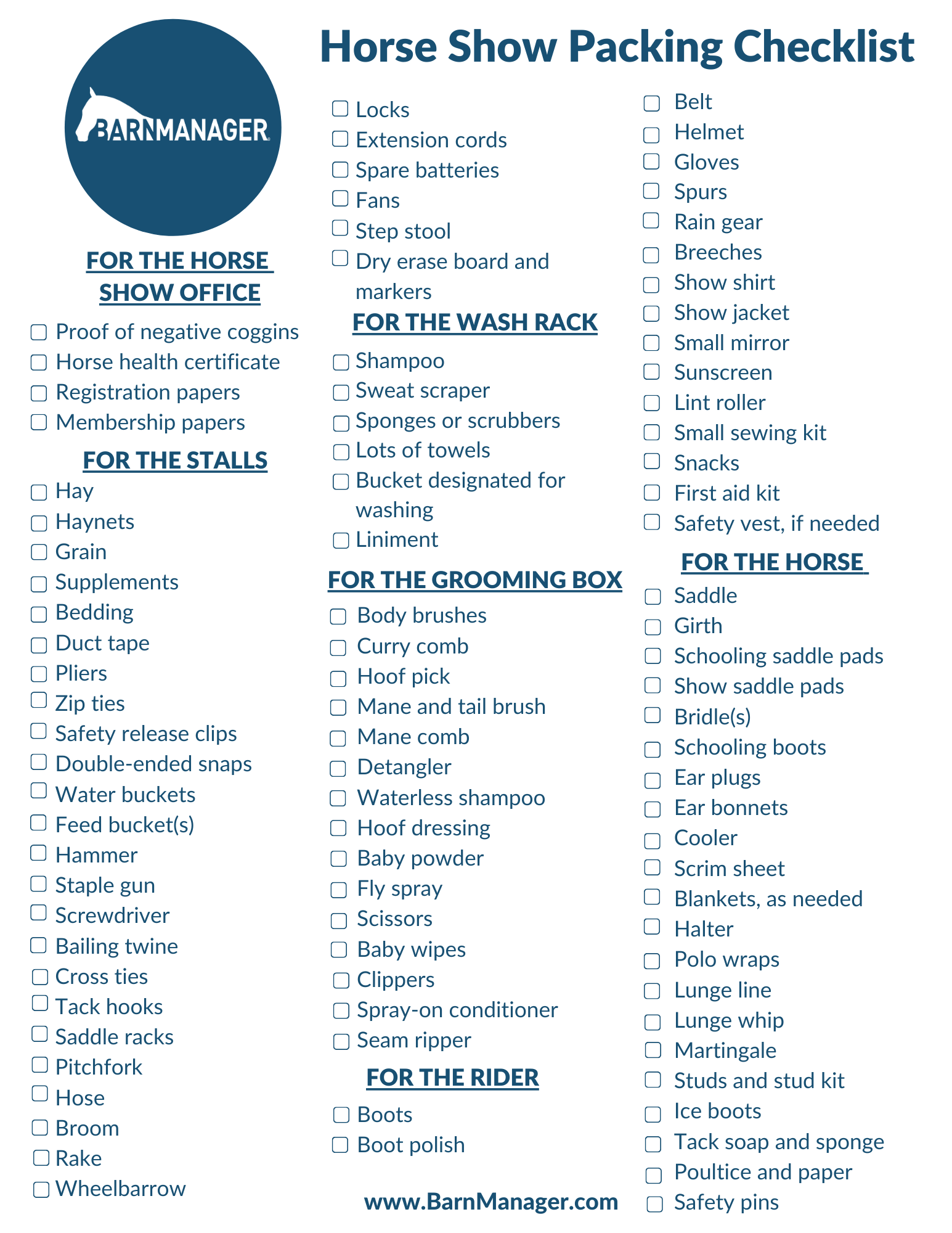Making the move from paper records to digital can be a bit 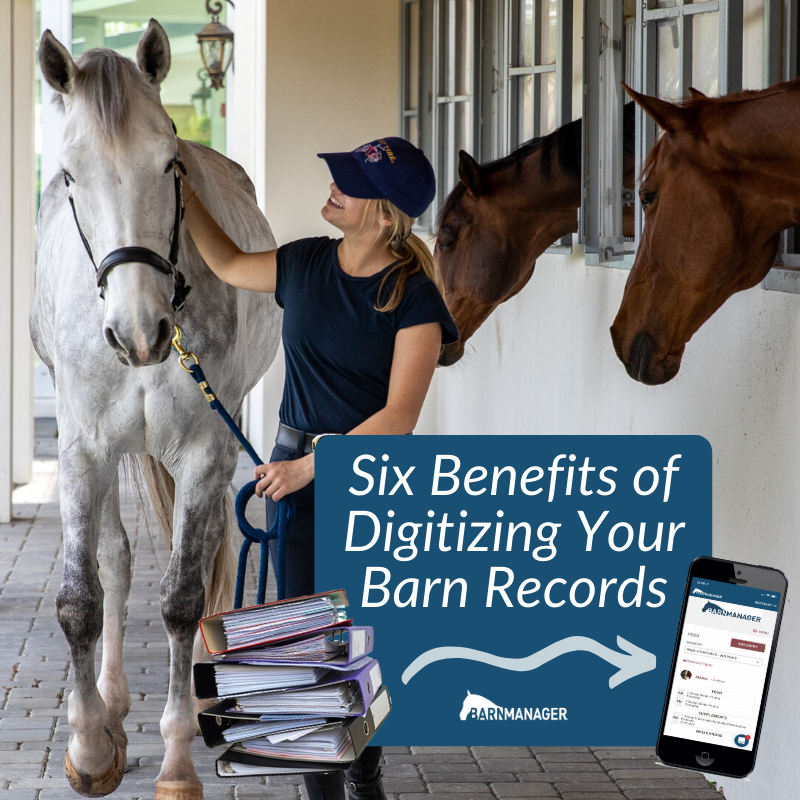 intimidating. It’s likely that you’re comfortable with the way that you currently do things and would rather avoid change or a cumbersome learning curve.
intimidating. It’s likely that you’re comfortable with the way that you currently do things and would rather avoid change or a cumbersome learning curve.
However, there is also a chance that your barn office is filled with binders and paperwork, and, odds are, every once in a while there’s a miscommunication among your team related to all that information.
How do we know? Because we’ve been there! But by going digital, there’s a good chance that you can also say goodbye to piles of binders and begin reaping additional benefits – like these six.
1) It reduces clutter, saves paper, and streamlines your organization. – We’re listing this as one benefit, but it’s more of a three-for-one. By going digital, you no longer need to worry about missing paperwork or disorganized binders (and you’re saving trees in the process)!
“We would leave notes for each other; if somebody was on antibiotics or we were going to increase the feed for somebody, we’d put that in the notebook, and we’d date it,” said Dr. Susan Spivey, who founded and operates Southern Redhead Farms Rescue in Florida. “Now BarnManager helps us with that. It’s a place for me to stockpile those notes on each particular horse.”
Kris Amaya manages Stonehenge Stables, a top hunter/jumper operation based in Florida and New Jersey, and she shared similar feedback.
“Before when we had to keep track of our vet records, we had numerous binders. Not one or two, I want to say maybe five,” explained Kris. “We had a separate binder for the vet that would come in and do all of the chiropractic work. We had a binder for just FEI horses. We also had to split the binders between our horses in Florida and New Jersey, so there was a lot of paper at any given time and a lot of notepads. And notepads would get lost and then suddenly reappear when you were looking for another notepad! BarnManager makes everything streamlined.”
2) It improves communication with your team. – Team communication was one of the motivators behind why our founder, Nicole Lakin, created BarnManager in the first place.
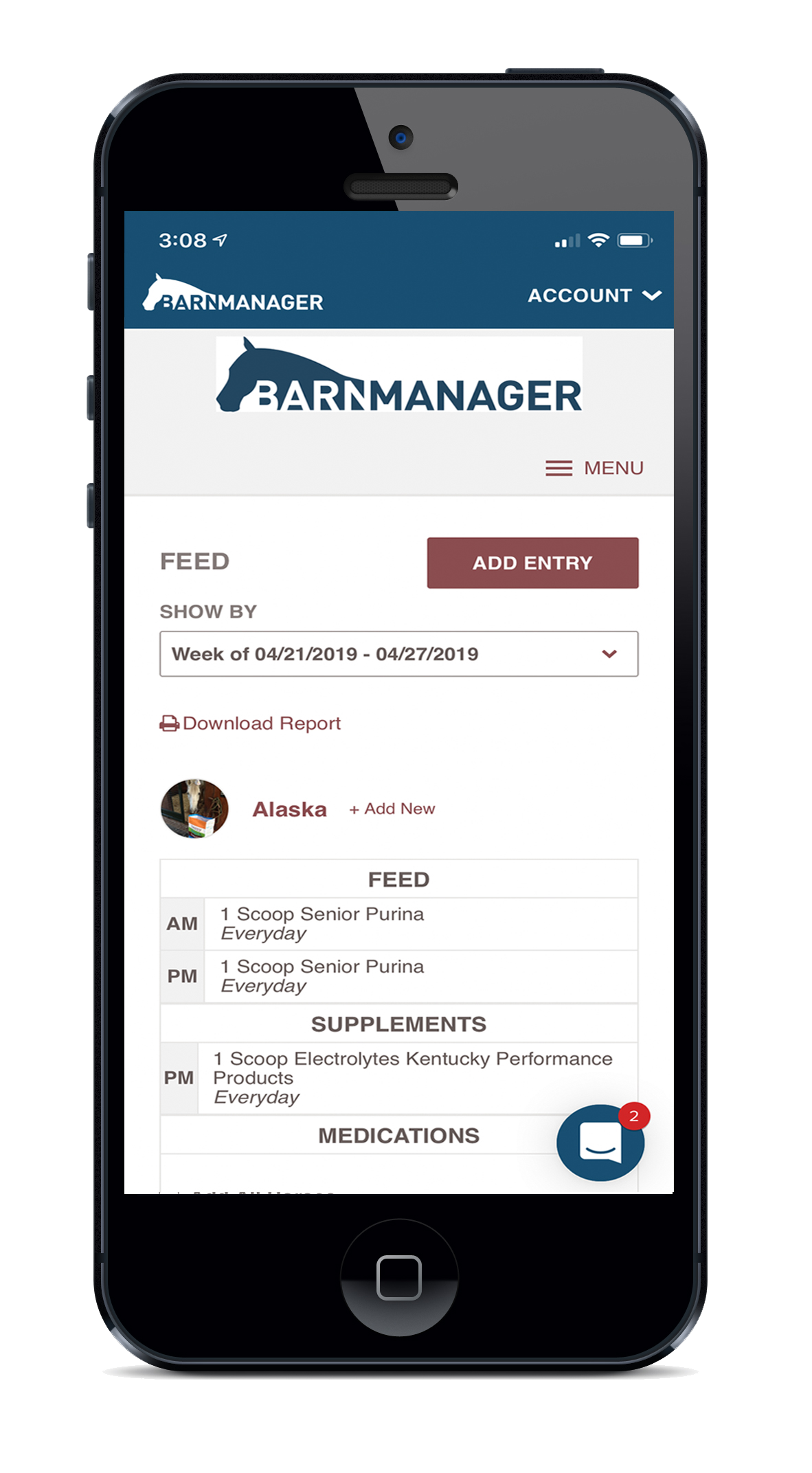 “At Spruce Meadows, I would be back at the barn trying to make grain and have a question for someone who was down at the International Ring, basically a mile away, and getting in touch was challenging. I was looking for ways to get around those communication issues and to get even more organized,” explained Nicole, who was working as a barn manager at the time.
“At Spruce Meadows, I would be back at the barn trying to make grain and have a question for someone who was down at the International Ring, basically a mile away, and getting in touch was challenging. I was looking for ways to get around those communication issues and to get even more organized,” explained Nicole, who was working as a barn manager at the time.
Within an app like BarnManager, you can communicate with your team and use tools like barn-wide messaging and shared lists.
3) It keeps your horses happy and healthy… – With digital records, all of your horses’ health records are at your fingertips, making it easy to stay on top of their appointments, exercise, nutrition, and more. With the feed, supplement, and medication management portion of BarnManager, your horses’ nutritional and feeding records are displayed in easy-to-read tables and charts.
And if someone needs to access the records outside of the app, no problem! One click of the “download report” button creates a PDF of the well-organized feeding charts that can then be emailed or printed and displayed in the barn (without the all-too-common risk of notes getting erased off the white board)!
4) …and it can help your horse transition to a new home if sold or adopted. – BarnManager offers a “discharge report” feature that allows you combine all of the horse’s records into one master PDF report at the click of a button, something that’s particularly useful for relaying information to new owners or lessees.
“I’ve got all of those records together for the horse. So, when they’re adopted out, I can say, ‘This is the last farrier appointment. This is the last time they received their shots. There’s the date of the Coggins,’” said Susan from Southern Redhead Farm Rescue.
Stacia Klein Madden also utilizes BarnManager’s discharge report feature when horses are sold out of her Beacon Hill Show Stables.
“It’s really important to me that, when I send a horse out, I’m sending as much information about the way that I’ve cared about that horse in the past,” said Stacia. “That way, those people can have the same information if they choose to care for the horse in the same way. I don’t like it to be a science experiment. We’re able to send a horse out with the feed listed, the vet care listed, the dental records, the vaccines, and any special instructions.”
5) It can help you identify what works and what doesn’t for your horse. – Horses’ supplemental, nutritional, and medicinal needs are often changing, and while it’s often easy to remember that something was changed, it can be hard to recall exactly when that change was made – which is where BarnManager’s change log comes in. Using the log, it becomes easy to see when something was introduced or removed from a horse’s plan.
Digital records are also useful for monitoring horses’ performance, which is a feature that Deeridge Farms and CMJ Sporthorses manager Miranda Valentine frequently puts to use.
“We have so much therapy equipment, but using all of it all the time is also not the proper usage,” explained Miranda. “You have to use it for each horse in the specific way where you get the maximum performance. I like to use BarnManager to record performance ideals, goals, outcomes, and then what we did with the horses before and after that competition to achieve that. That helps me register whether or not it was successful.”
6) It saves time and gets you back into the barn with the horses that you love. – While it may seem like a transition at first, ultimately, digitizing your records allows you to save the time that you would have spent looking for or organizing paperwork or relaying messages to different members of your team. With everything in one place, including your horse’s US Equestrian records if you choose to link them, you’re not wasting time jumping from one binder or system to another, and since cloud-based software like BarnManager is accessible almost anywhere, there’s no need to be glued to your office when you could be spending more time with the horses that you love!
